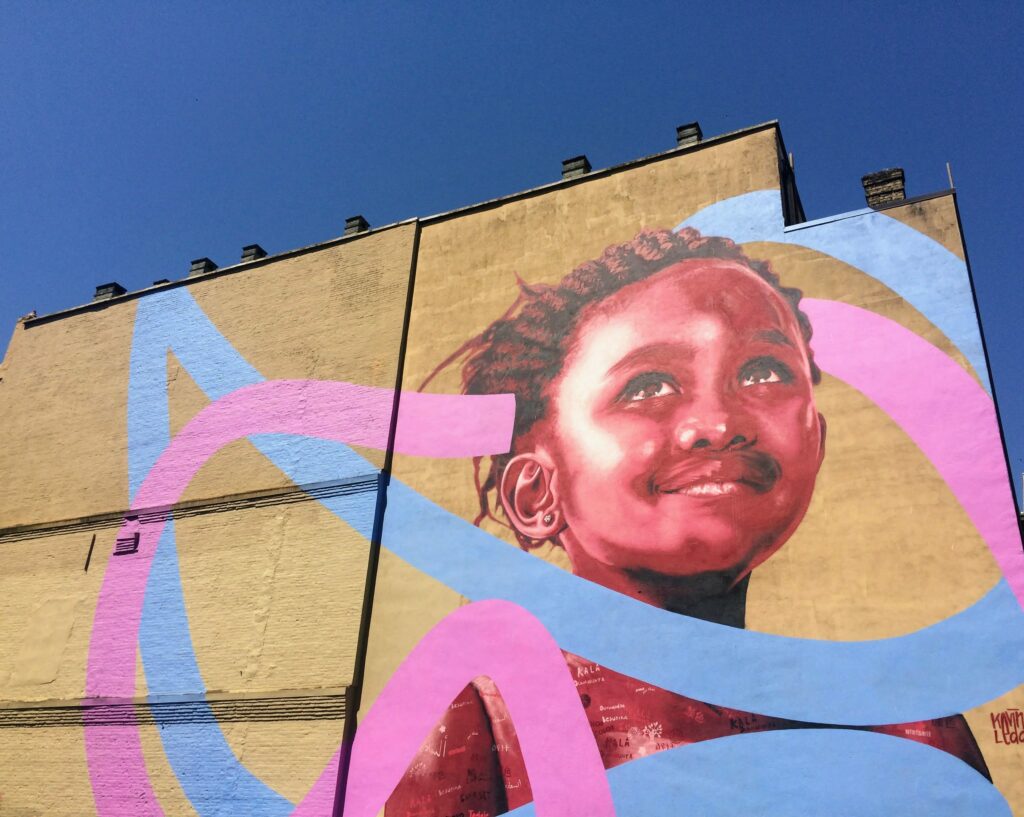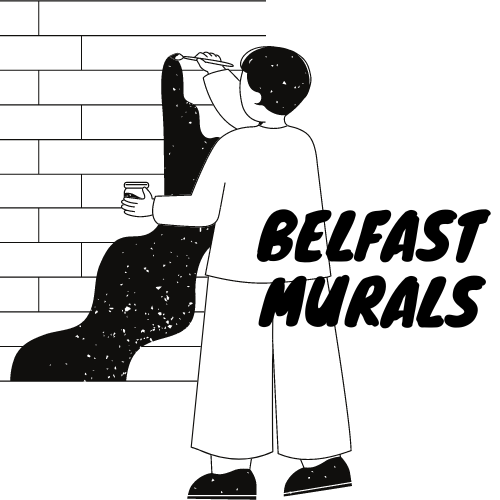The murals in Northern Ireland have become symbols of Northern Ireland, depicting the past and present political and religious divisions of the region.
Belfast and Derry contain perhaps the most famous political murals in Europe . It is thought that nearly 2,000 murals have been recorded since the 1970s. In 2014 The Belfast Mural Guide estimated that there are around 300 quality murals on display in Belfast, many of which have varying degrees of age and deterioration. The murals commemorate, convey and depict aspects of culture and history. The subject matter of the murals often reflects what is important to a particular community. Thus, a mural exists to express an idea or message, and can usually be seen as a reflection of values that are dear to that community.
In Irish republican regions the themes of murals can range from the Irish hunger strike of 1981 , with particular reference to strike leader Bobby Sands ; murals of international solidarity with revolutionary groups are as common as those highlighting a specific issue, such as the Ballymurphy massacre or the McGurk bar bombing . In the working class Unionist community, murals are used to promote Ulster Loyalist paramilitary groups such as the Ulster Defence Association and Ulster Volunteer Force and to commemorate their deceased member. However, traditional themes such as William of Orange and the Battle of the Boyne , the Battle of the Somme and the 36th Ulster Division are equally common.
History
The murals can be described as a mirror of political change, as they have been painted over the last century and depict all the important historical and political events in unique murals. In 1908 Ulster Loyalists began depicting William of Orange on a white horse to reinforce the Orange identity of Ulster Protestants. Irish Republican mural paintings appeared in the late 1970s and can be seen in particular as a visual representation of a social movement radicalised after the IRA began to fight for a higher political voice and a united Ireland .
The murals are for the most part located in working-class areas of Northern Ireland, mainly in Belfast and Derry . Perhaps the most famous and easily recognisable mural is that of Bobby Sands on the side wall of Sinn Féin ‘s Falls Road office . In second place is a collection of murals on Irish republican and international themes by the so-called ‘International Wall’, also in Belfast. In Derry, Free Derry Corner, where the slogan ‘You enter Free Derry’ was painted in 1969, shortly after the Battle of Bogside. Free Derry Corner was used as a model for other murals in Northern Ireland, including ‘You Are Now Going Loyalist Sandy Row’ mural in Belfast, which was a response to the republican message of Free Derry Corner and ‘You Are Now’ Mural Entering Derry Journal Country’, which is an advert for Derry publication.

Not all murals in Northern Ireland are directly political or sectarian in nature, with some memorable events such as the Great Irish Famine , and other moments in Irish history . Many depict events from Irish mythology , and images from Irish mythology are often included in political murals. Some murals avoid the theme of Ireland altogether, instead focusing on neutral subjects such as litter prevention and C.S. Lewis’s novel The Lion, the Witch and the Wardrobe . Derry has a mural depicting the five main characters from the TV show Derry Girls. Murals embodying peace and tolerance are becoming increasingly popular among school groups, with children either designing or painting murals around their schools. As many paramilitaries are now involved in community service, many of the rigid murals across Northern Ireland have been decommissioned (although this trend is reversed in times of tension). This change was further highlighted in 2007 when Bogside artists were invited to Washington DC for the Smithsonian Folklife Festival. The three artists were invited to recreate murals on the Washington Mall .
